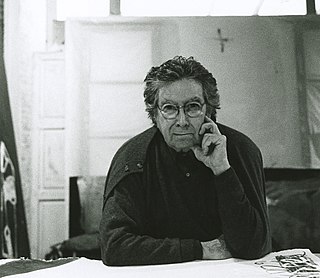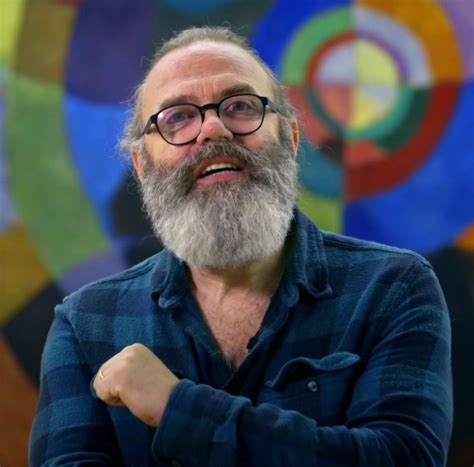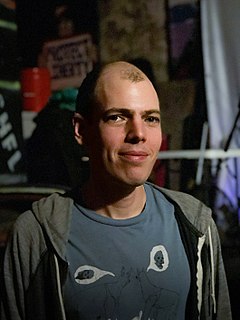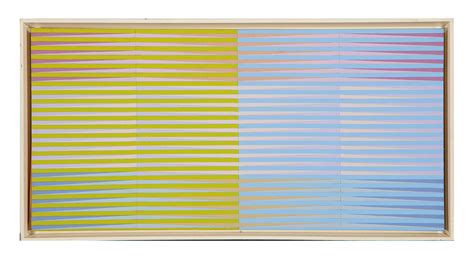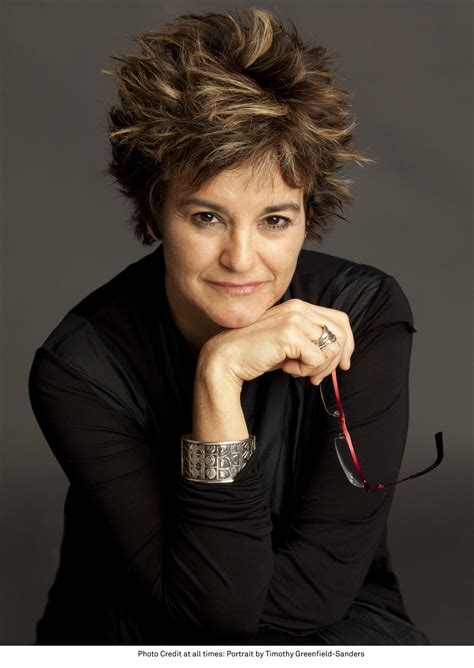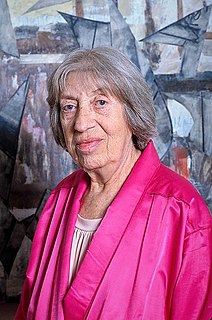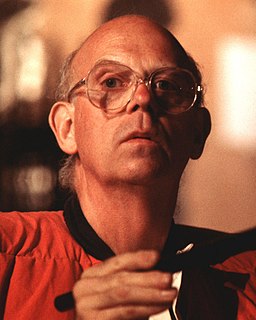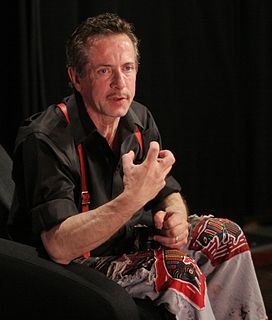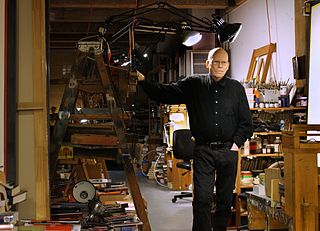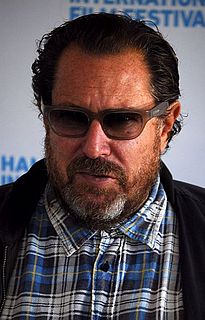A Quote by Antoni Tapies
They were wrestling with canvases, using violent colors and huge brush strokes. I arrived with gray, silent, sober, oppressed paintings. One critic said they were paintings that thought.
Related Quotes
I had a visit from an artist friend who basically said, "Your paintings are wonderful. Now stop." It did resonate with me. It hit on the percolating need for change that was already there. I got a little push. I did a group of the paintings early on that were among the best. It was sort of beginner's luck with these.
The earliest paintings I loved were always the most non-referential paintings you can imagine, by painters such as Mondrian. I was thrilled by them because they didn't refer to anything else. They stood alone, and they were just charged magic objects that did not get their strength from being connected to anything else.
I mean, these are really dedicated people [in Lovecraft Society] when it comes to [h.P.] Lovecraft. But in the top floor of the John Hay Library, you have all of Lovecraft's archives. And messing around in there, I noticed, I said, what are these paintings? And the librarian told me, "Well, those are Pickman's paintings." I said, "I thought this was like something he made up, like The Necronomicon, that kind of stuff." And he said no, that the guy actually existed.
